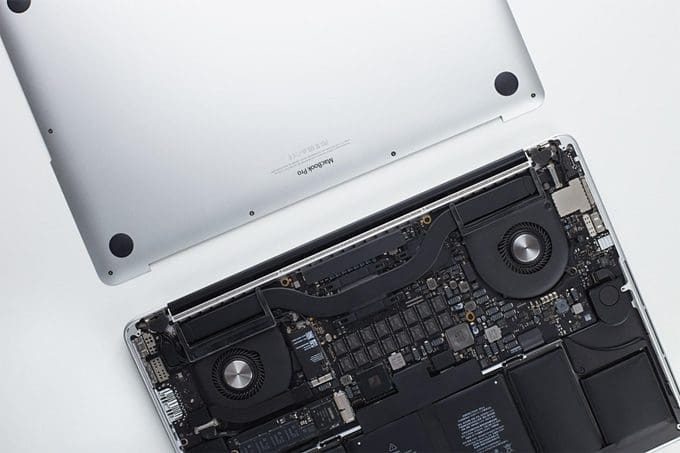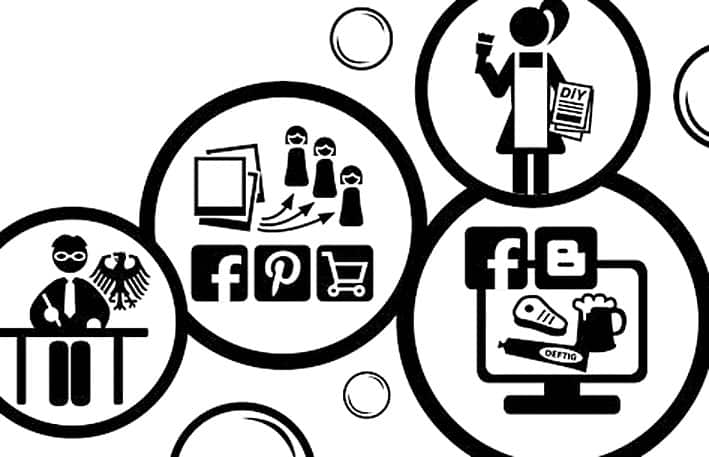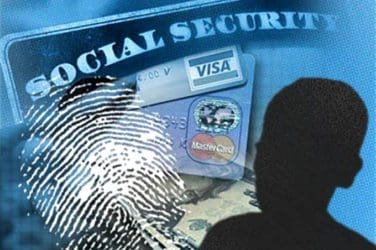words Alexa Wang

Computer viruses are here to stay, and the increased interconnectivity of devices through the Internet has made it easier for them to spread. Viruses are malicious pieces of code that can cause computer systems to malfunction, corrupt, or destroy precious data in the process.
In this day and age of broadband Internet and readily available Wi-Fi hotspots, all it takes is for you to open a dubious email or download an unscanned attachment. And just like that, you’re the unsuspecting victim of a virus. You don’t want things to get that far out of hand, that’s why you’ve likely invested in the best antivirus you can afford.
But even the best defense can be breached by a cleverly disguised script. With that in mind, you need to know how your computer will behave after it has been infected. You also need to know what to do to remedy the situation.
What are some signs of a computer virus?
How can you tell if your computer is under the grip of a virus? Here are some telltale signs:
- Your computer is suddenly very slow to the point of hanging frequently
- Pop-up windows flashing on your screen, especially when you’re online
- Programs you haven’t launched opening up randomly or open applications crashing with or without error messages
- Your hard drive inexplicably getting full or being active even when you have no programs open
- Your computer refusing to boot
- You suddenly can’t find some files on your computer
- People you haven’t emailed claiming they’ve received (mostly promotional) emails from you could be a sign of an attack. Your social media friends or followers may be spammed in the same way.
How to troubleshoot your infected computer
- One of the first steps you should take with immediate effect is to unplug all peripherals from your computer, especially flash drives or external hard drives. Also, remember to eject any DVDs or CDs in your disc drive.
- As you do this, also be sure to disconnect your computer from the Internet. The Internet, more often than not, will be the channel through which the virus gained entry into your computer.
- Next, boot your computer in safe mode. Safe mode starts up only the most critical functions on your computer. In this way, you prevent viruses that are activated when the machine is booted from being loaded. How do you do this? In previous incarnations of Windows (7 and older), it was merely a matter of keeping your finger on the F8 key while the machine is in the initial stages of booting. In Windows 10, it’s a bit more complicated; you need to restart the computer in a particular way and navigate through a series of menus. More details are available here.
- When your computer finishes booting, back up all your essential files. Backing up program files is not a smart move as there may be Trojans hidden among them. Having secured your data, you need to delete temporary files to free up hard disk space as well as get rid of any malware lurking there. After that, you will want to reinstall the operating system on your computer.
- Download and install antivirus software and then use it to run a scan on your computer. Before the scan runs, confirm if there are available updates from the vendor. If there are updates, download and install them before proceeding with the scan. Ordinarily, the antivirus will show any malware detected in its interface, giving you the option to delete it.
You tried, but it didn’t work
If all the above fails to rid you of the infection, then you might need to call in expert assistance. There are localized tech support teams that are just a phone call away. You can also reach out to some of them online for remote support. They will help you or walk you through, getting rid of the offending malware and take measures to keep your computer system safe from future attacks. With plenty of experience in how to repair a computer with a virus, they will be able to get it done more efficiently, enabling you to get back to work.
This is not the end
Falling victim to a virus attack is not unusual, and it’s by no means a death sentence for your computer. As you can see, there are steps you can take to clear your computer of the infection. Getting a team of seasoned technicians to clean your system and institute preventative measures is ideal as a lasting solution.



















